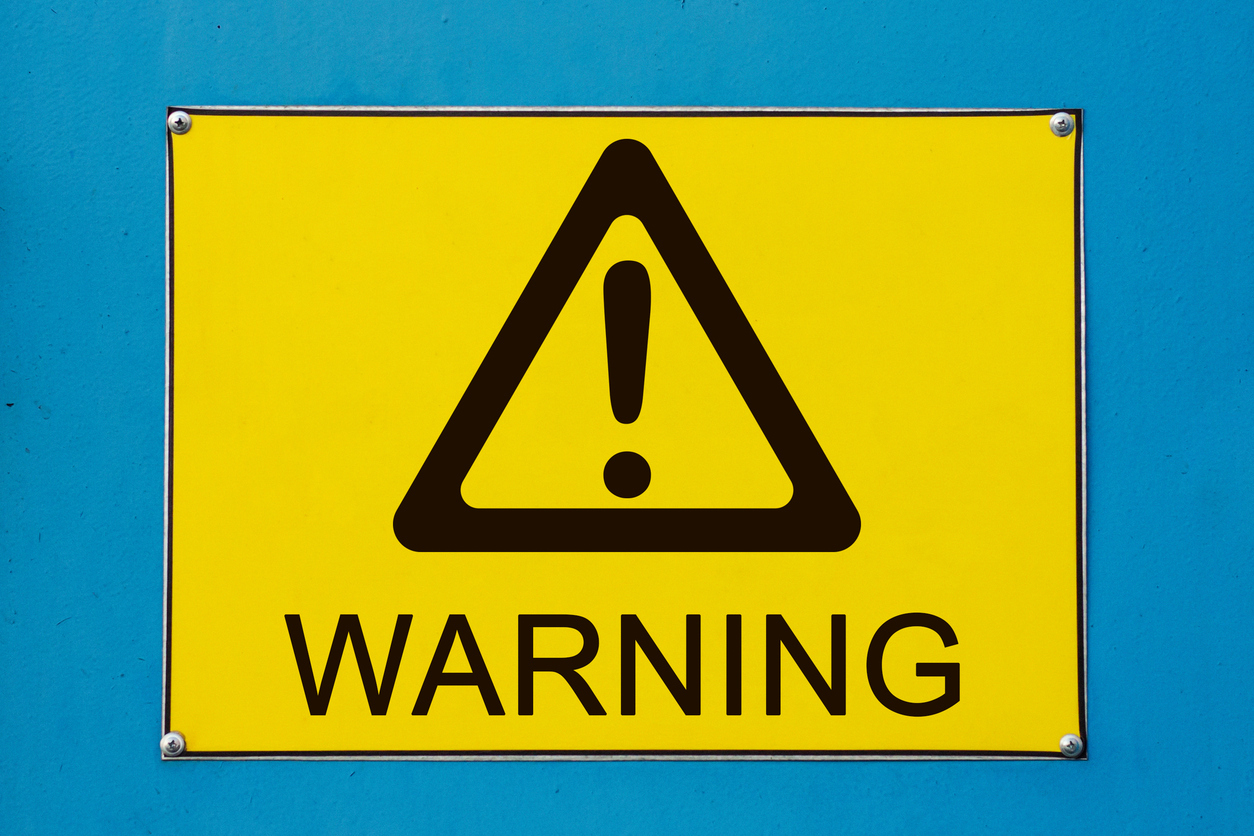If your business and products are subject to the California Safe Drinking Water and Toxic Enforcement Act of 1986 (Prop 65), you should be aware that new warning regulations go into effect on August 30, 2018, for products manufactured after that date.
Prop 65 was intended to protect drinking water and has resulted in a focus on consumer protections. It includes a prohibition on exposing consumers to a listed chemical without first giving the consumer clear and reasonable warning regarding their potential exposure.
Specifically, Prop 65 is concerned with chemicals that result in two endpoints – cancer and reproductive toxicity – and provides that no one in the course of doing business shall knowingly and intentionally expose any individual to a chemical known to the state to result in either of those endpoints without first giving “clear and reasonable warning to such individual.” The Office of Environmental Health Hazard Assessment’s (OEHHA) list of chemicals subject to such a warning currently exceeds 900 chemicals.
OEHHA promulgated the new regulations in order to make warnings more meaningful and useful to the public, to reduce over-warning, and to give businesses clearer guidance on how and where to provide warnings.
Who is responsible for providing the warning?
The new regulations place primary responsibility for providing the warnings on manufacturers, producers, packagers, importers, suppliers, and distributors rather than on retailers.
Products manufactured before August 30, 2018, remain subject to the prior Article 6 Clear and Reasonable Warnings regulations. If your existing warning language was previously court-approved in a consent judgment, the warning should be sufficient until the consent judgment sunsets.
What is the warning required to say?
The new regulations include specific detail regarding the wording of the warning, which has been determined to be “clear and reasonable” by OEHHA. A warning complies with the new regulations if it includes all of the following elements
1. This symbol 
2. The word “WARNING” in all capital letters and bold print;
3. A statement that the product “can expose” users to chemicals, including one or more chemicals listed by name. Chemicals causing cancer and those causing reproductive effects should be listed separately, unless the chemical is known to cause both cancer and reproductive harm;
4. A link to P65Warnings.ca.gov.
The new rules provide for variations in the language of the warning depending on the potential exposure and where the warning is provided. An example of the new warning for exposures to listed carcinogens, placed on a posted sign, would read as follows:

If a warning is placed directly on a product, the new rules permit a shorter warning that does not name the identified chemical (but the symbol and “WARNING” are still required). An example of the new short-form warning for exposures to both listed carcinogens and chemicals which cause reproductive harm, placed on a product, would read as follows:

Where is the warning located?
A warning complies with the new regulations if it contains a product-specific warning provided on a posted sign, shelf tag, or shelf sign at each point of display of the product or a label. A manufacturer can comply with this requirement by providing a written notice directly to the authorized agent for a retail seller and including all the necessary warning materials such as labels, shelf signs or tags. For internet consumer purchases, the warning either must be included or a clearly marked hyperlink using the word “WARNING” must be provided.
The new regulations also impact environmental exposures, occupational exposures, and specific circumstances.
- The environmental exposures include air and water.
- For indoor environments or outdoor spaces with clearly defined entrances, a warning sign must be posted at all public entrances to the affected area.
- Occupational exposures include on-site employees, visitors, and contractors. An occupational warning that meets the standards of the federal Hazard Communication Standard is Prop 65 compliant.
- The “specific circumstances” section of the new regulations also includes a list of 17 types of facilities/items which require different warnings. Please check the list to see if your facility/product might be subject to this section.











/Passle/6488d4630e7e25c9ac9f834a/SearchServiceImages/2024-11-14-13-11-27-495-6735f6fff42d6cc59c8ec5c1.jpg)
/Passle/6488d4630e7e25c9ac9f834a/SearchServiceImages/2024-11-11-22-02-38-042-67327efe31216b909e6ea644.jpg)
